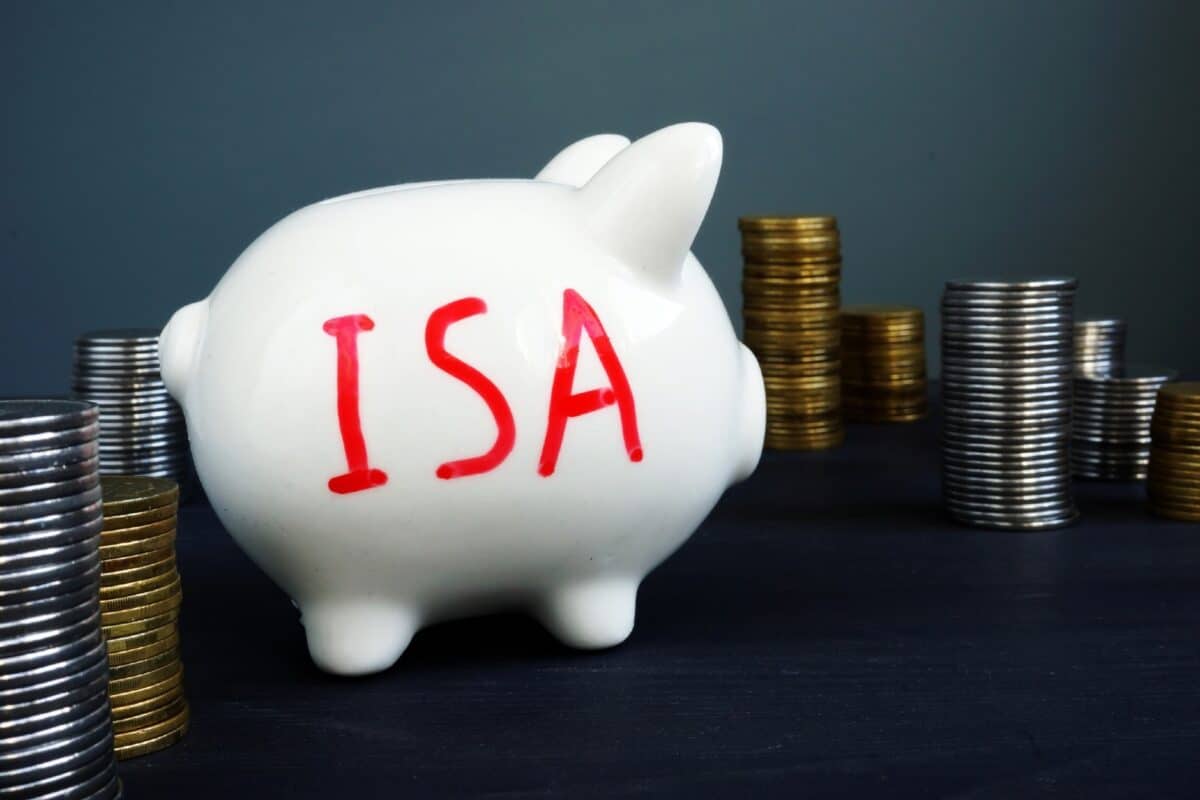Opening a Stocks and Shares ISA was no-brainer move for me when I started investing around 15 years ago.
As well as not being taxed on any profit I made, I knew this account would allow me to keep all of any passive income I received in the form of dividends. That decision has probably saved me many thousands of pounds since then.
Please note that tax treatment depends on the individual circumstances of each client and may be subject to change in future. The content in this article is provided for information purposes only. It is not intended to be, neither does it constitute, any form of tax advice. Readers are responsible for carrying out their own due diligence and for obtaining professional advice before making any investment decisions.
Whether an investor chooses to re-invest the cash or use it to help pay for day-to-day expenses is a topic for another day. Instead, I’m going to talk about two strategies that I might use to earn that second income in the first place.
Keeping it simple
The first option is as simple as investing gets: I could buy a fund that tracked the return of an index such as the FTSE 100.
In one mouse click, I’m instantly diversified. In other words, my money is spread around a large number of companies. This means I don’t really need to worry about what the market is doing on a daily basis. If a particular stock plummets in value, the others will limit the damage done.
Importantly, a fund such as this will also pay me dividends. As things stand, the yield is around 3.6%.
Easy, right?
Well, this strategy is not without risk. Despite having a good 2024 so far, the FTSE 100 has had many periods where it has struggled. So, the value of my holding could stutter and fall over time before (hopefully) bouncing back.
The main drawback, however, is that I think I could get a higher amount of income through investing in individual stocks. This is my second option.
More money, more risk
Fortunately, it’s not hard to find UK shares that have a good reputation as passive income powerhouses.
Take top-tier stalwart National Grid (LSE: NG). Partly due to the essential nature of what it does, this company has a long history of throwing increasing amounts of money back at its investors.
However, owning an individual company’s shares could backfire. This might happen if the dividend stream were to be interrupted or reduced due to poor trading, high debt levels, or some other reason.
Could this happen to National Grid? Actually, it just has! A recent new stock issue to raise money to fund future growth meant a ‘rebasing’ (i.e., cutting) of the dividend.
On a positive note, the forecast yield is still a meaty 5.3% — far more than the FTSE 100 as a whole. So, I’d still consider buying the shares.
However, the whole episode underlines the importance of owning a sufficient number of different stocks rather than being overly dependent on any one or two. Otherwise, the amount of passive income I receive could fluctuate wildly.
Start slow. But start
So, which option would I pick?
If starting from scratch today — and with limited capital to put to work — I’d likely go for a tracker fund. This would create a (relatively) secure base from which I can then progress to buying individual stocks if/when my risk tolerance is high enough to shoot for more income or just take a more active approach to investing.
As always, confidence in any endeavour grows over time. The key is just to get started.








